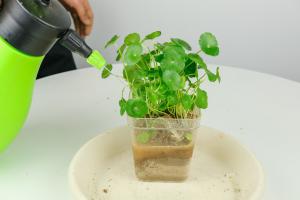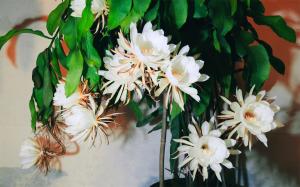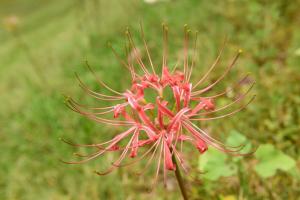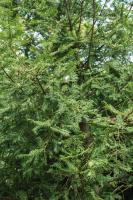Fertilization method:
Thin fertilizer and more fertilizer should be applied during fertilization, which can avoid endangering the health of plants when more fertilizer is applied. At the same time, thin fertilizer and more fertilizer can also make plants grow healthily at different stages
The flowering period is from April to August. Fertilization can be increased appropriately, about once every half a month
When the temperature is higher than 35 degrees in summer, the plant will stop growing, so fertilization should be suspended. Its best growth temperature is between 18 degrees and 32 degrees
Fertilization should also be increased appropriately during the growth period, once every 13 to 16 days
In winter, when the temperature is low, fertilization shall also be suspended, and the minimum temperature in winter shall not be less than 3 degrees. If it is in the environment below 0 ℃ for a long time, its health will be affected. The minimum temperature to resist the cold in winter is about 5 ℃

Precautions:
Generally, fertilization is combined with watering, so after fertilization and watering, we must pay attention not to ponding. If the root of African jasmine is in ponding for a long time, it is easy to rot and cause plant death
African Jasmine planted in the north can add some ferrous sulfate to the soil after fertilization, which can effectively prevent its leaves from turning yellow
When choosing fertilizer, you can consult its sellers and diversify its nutrition. At the same time, fertilizers that inhibit soil caking can also be selected


 how many times do yo...
how many times do yo... how many planted tre...
how many planted tre... how many pine trees ...
how many pine trees ... how many pecan trees...
how many pecan trees... how many plants comp...
how many plants comp... how many plants can ...
how many plants can ... how many plants and ...
how many plants and ... how many pepper plan...
how many pepper plan...
































